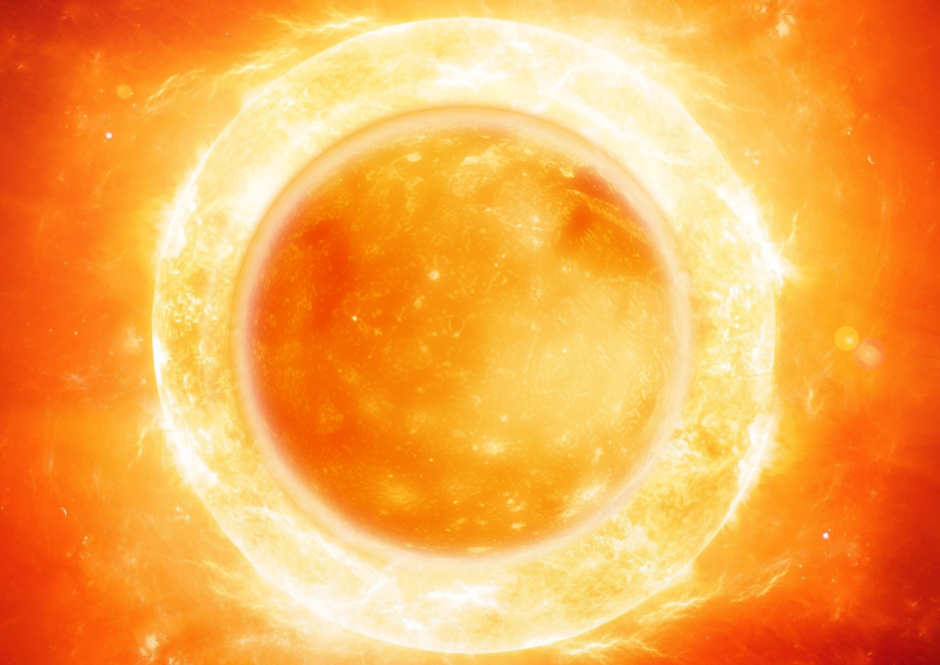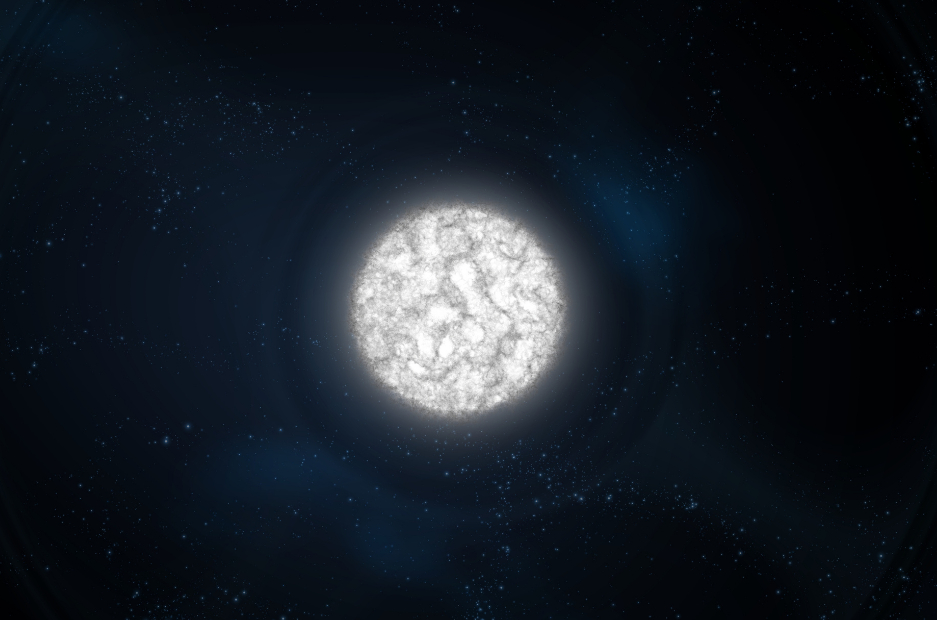As the Sun gets older, it will start to change shape and size. It will start to cool and the conditions of where life can exist in this Solar System will change. It sounds like scary stuff, and if it was to happen today, then it really would become the stuff of nightmares. It’s not going to happen today, but if not today then when will the Sun die? Let’s explore.

How Old Is The Sun?
The Sun started to form about 4.6 billion years ago. From what was originally a cloud of gas and dust that collapsed into a solar nebula, the Sun began to take shape. Sucking in the vast majority of the mass in what would become our Solar System. The remaining dust and gas that wasn’t used blew out away from the Sun in the solar wind. Some of this clumped together to form the planets.
It is currently understood that main-sequence stars like ours, similar to a yellow dwarf, will burn for around 10 billion years. So our star is about half way through its life.
How Do We Know How Old The Sun Is?
There have been a few methods developed to measure the age of objects in the Solar System, the Sun and the Earth itself. A process of radioactive dating was first introduced at the turn of the 20th Century to measure the age of rocks. Then in the 1950’s a process of using radiation to measure the isotopic composition of lead in meteorites and space rocks further developed this process. These rocks were believed to have come from the same disc of dust and matter from which the Earth, the Sun and everything else had formed.
We also know the size and composition of the Sun, and the strength of the solar wind. This along with a few other criteria allow us to determine how long it has been active in the process of nuclear fusion. There are a few missions currently operational or scheduled to study the Sun and these may help develop our understanding, further improving our knowledge of the early solar system.
How Does The Sun Work?
The high pressure and temperatures in the Sun’s core, create a process called nuclear fusion. This is the main process by which the sun expels energy and light. The fusion occurs when hydrogen atoms and squeezed so tightly that they transform into helium. You can read more about these processes in our post on how hot is the sun?
Eventually the Sun will exhaust its supply of hydrogen and start burning helium. It will change dramatically when this happens.
What Happens When The Fuel Runs Out?
The Sun, contains a few things it can burn for energy. At the moment, and for the vast majority of its life so far, it has burned Hydrogen. Or rather it has ‘fused’ hydrogen into helium to create its energy. Eventually the hydrogen will run out. When this happens the star will begin to collapse, and start to fuse helium and heavier elements. At this stage our star will get much hotter, brighter and bigger, becoming a red giant. It will swell out and expand to consume Mercury and Venus. It may even consume the Earth at this time.
Eventually, after about another billion years, the Sun will exhaust itself and collapse into a white dwarf. At this stage it will lose most of its luminosity. It will collapse to about the size of the Earth, but with around half the mass of our Sun. Even then though the Sun will not be dead. So just when will the sun die?
When Will The Sun Die?

When the Sun becomes a white dwarf, it will be weak, but not dead. There are a few theories about how long the Sun will stay at the white dwarf stage. NASA estimate a possible 10 billion years – that would give the Sun a total lifetime of around 20 billion years through all its stages to death. Other estimates suggest it could remain as a white dwarf for up to a quadrillion years! That’s abundantly older than the Universe is today.
After the white dwarf stage, it is theorised that a star will become a black dwarf. We have not been able to see anything that exists after the white dwarf stage as the Universe has not been around long enough. Imagine that! So for the time being, black dwarfs are purely theoretical.